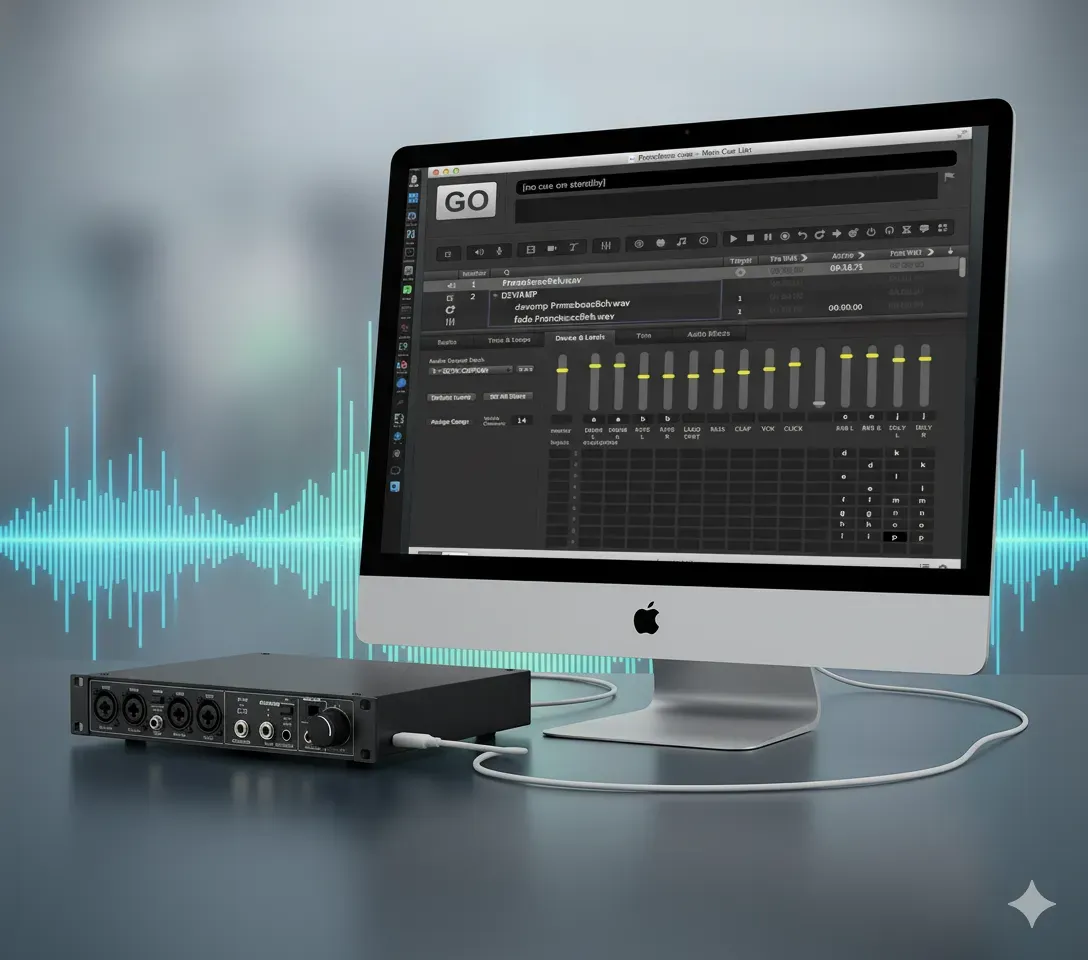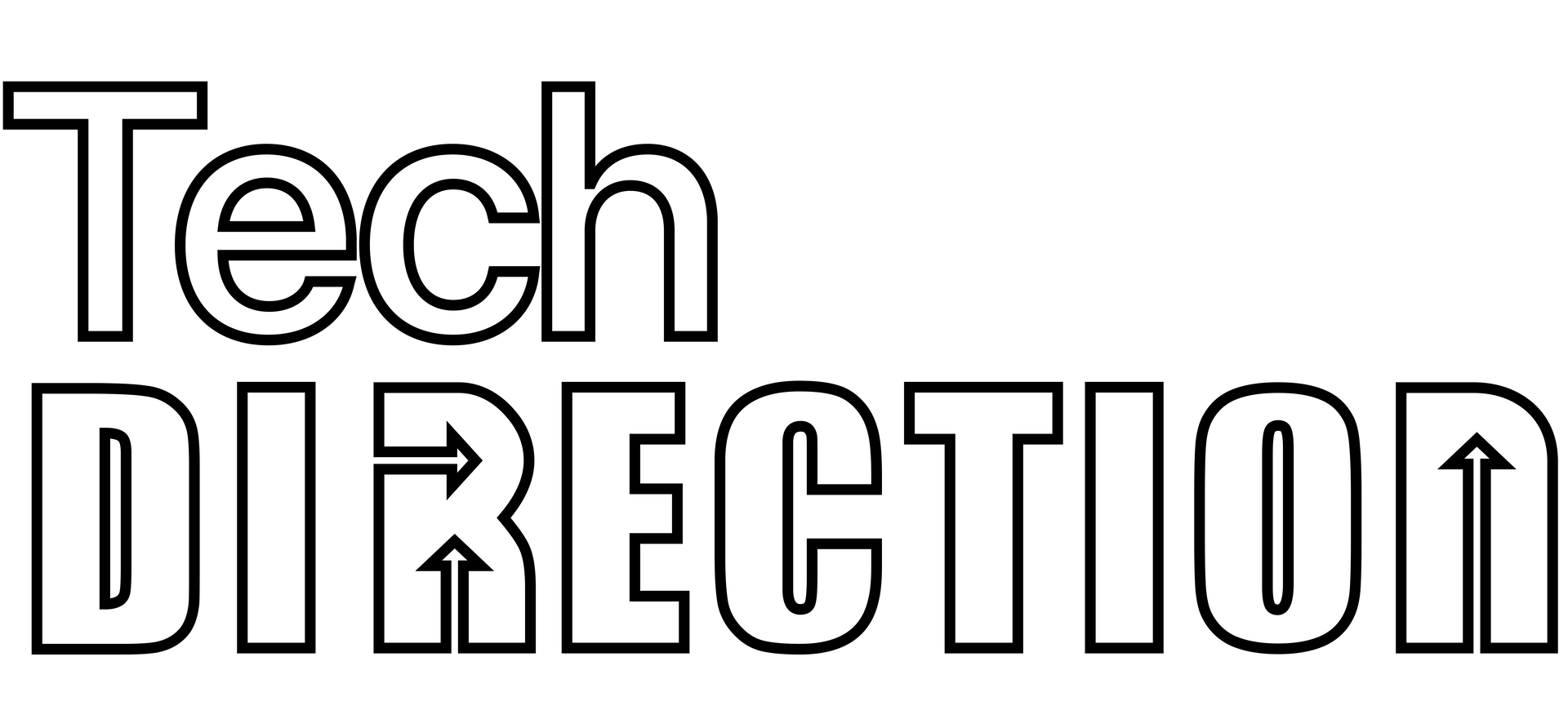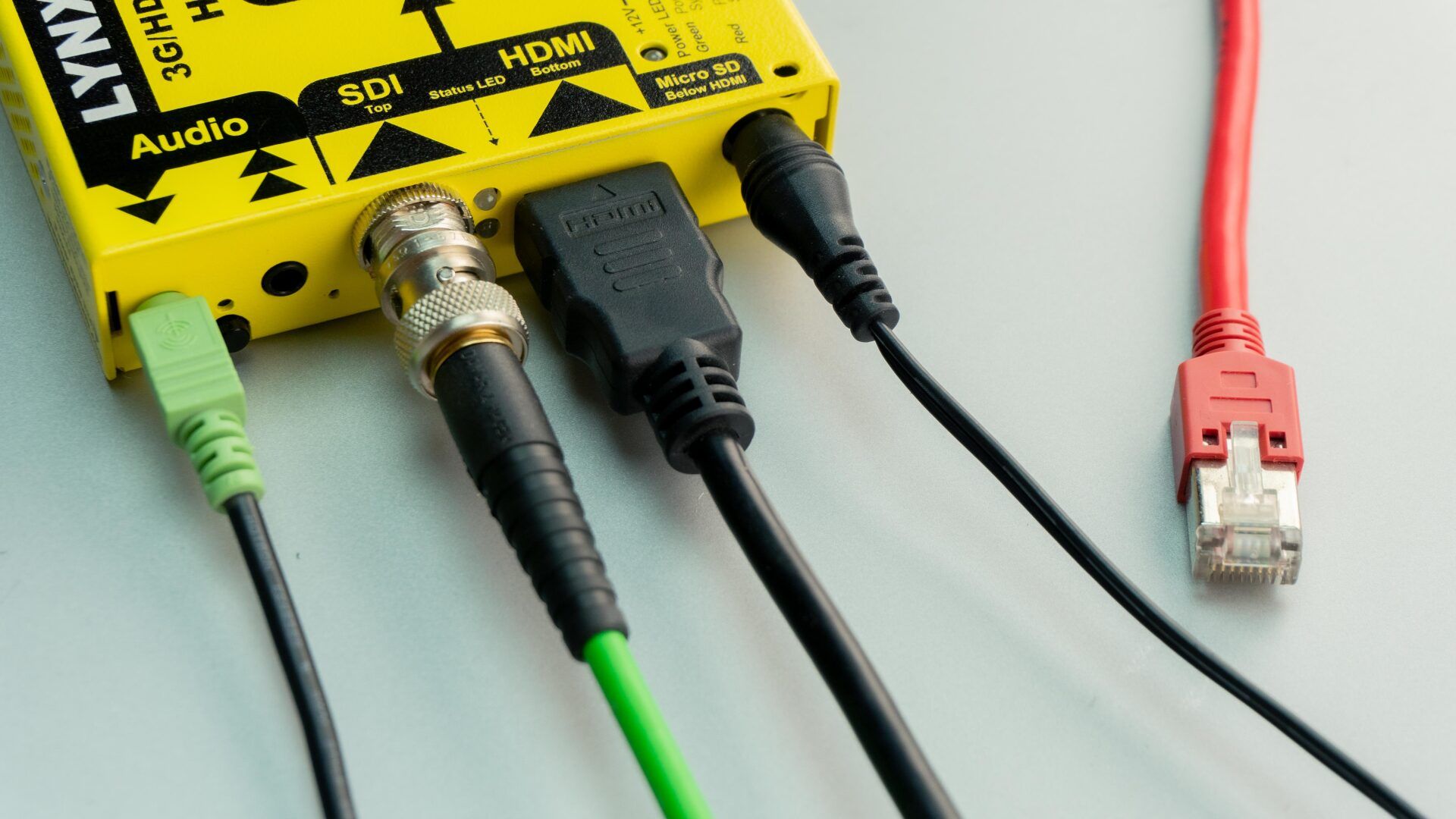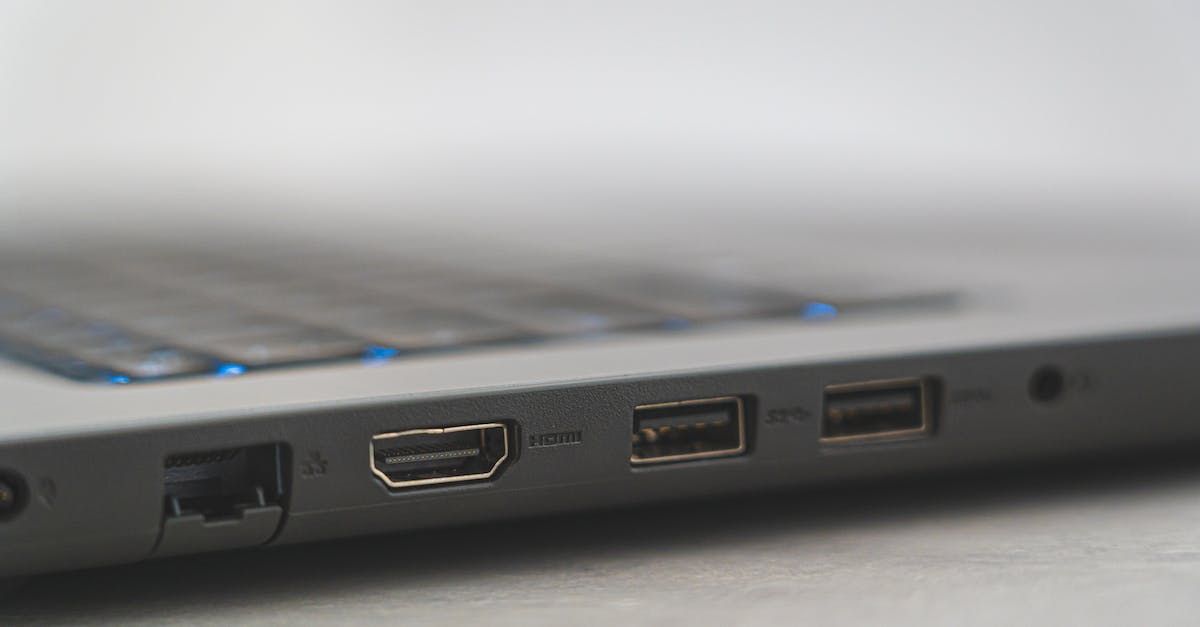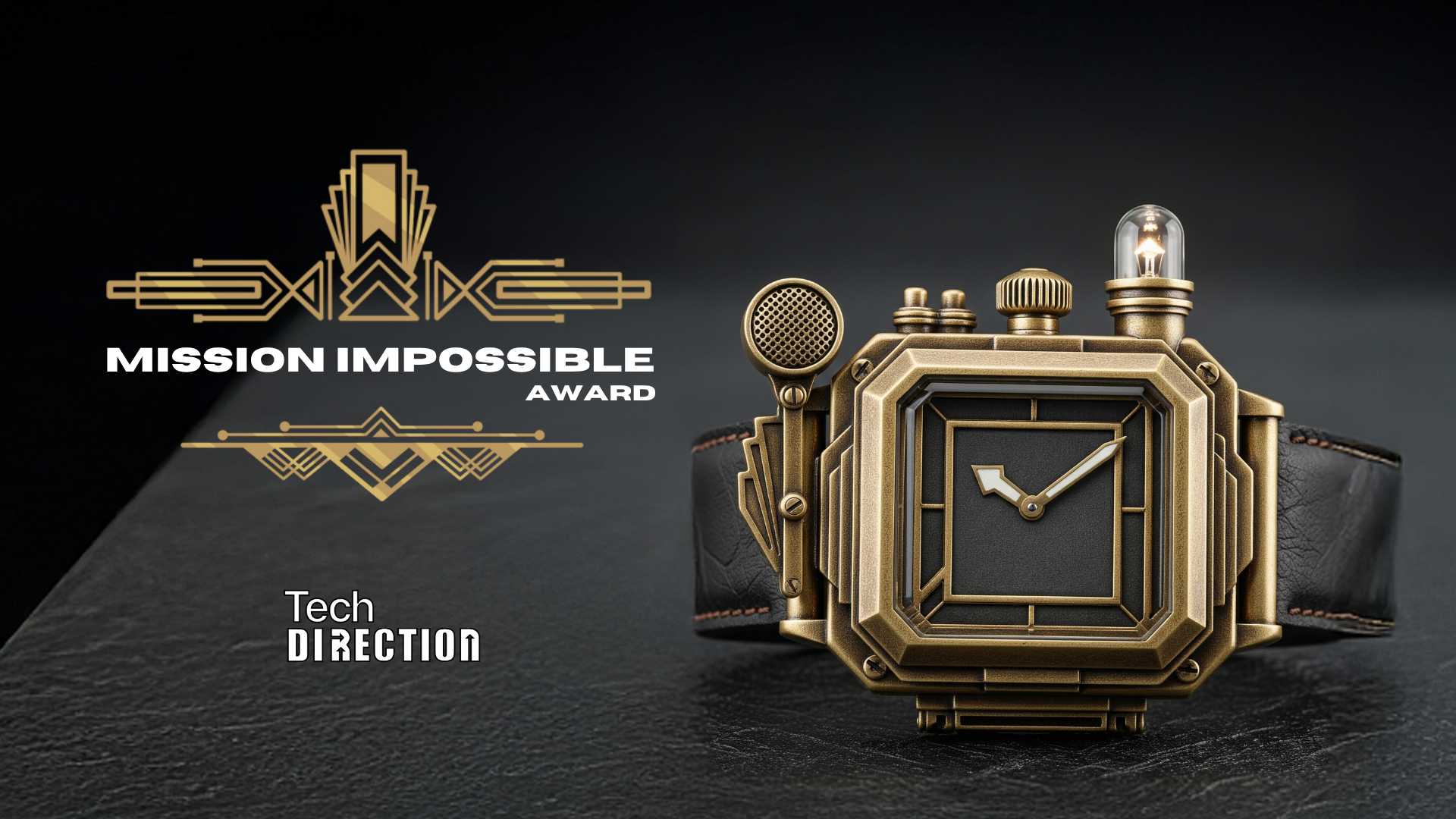HDMI Cables 101: Limitations, Extending HDMI Signals and A Problem-Solving Guide
Limitations of HDMI Signals and A Problem-Solving Guide
Today, we're addressing an intriguing issue one of our readers has been grappling with. They have a long HDMI cable connecting their security camera system to their TV but are running into some puzzling difficulties. Despite working fine when hooked to a computer monitor, the same setup seems incompatible with their TV.
Before diving into a potential solution, let's first understand the basics and the limitations of HDMI cables and signal extensions.
Understanding HDMI Cables and Signal Extension
HDMI (High-Definition Multimedia Interface) cables are commonly used to transmit both audio and video signals between devices. This digital interface offers a superior audiovisual experience without the need for multiple cables, contributing to its popularity in modern home and business setups.
However, HDMI cables come with some limitations:
- Cable Length:
- The HDMI specification does not define a maximum cable length. However, the longer an HDMI cable is, the more signal degradation occurs, which could eventually lead to loss of picture or sound quality. In practice, the maximum effective length of a standard HDMI cable is often considered to be about 50 feet. Our reader's 100 feet cable is pushing these limits, which may lead to signal degradation or other unexpected issues.
- Device Compatibility
- HDMI cables should ideally be compatible with all HDMI-enabled devices, but certain technical differences between devices can sometimes cause issues. For example, TV screens and computer monitors handle incoming signals differently, which can occasionally lead to compatibility issues.
- Version Differences
- HDMI has several versions (e.g., HDMI 1.4, HDMI 2.0, HDMI 2.1, and so forth), each with different capabilities. Not all devices and cables will support all features available in newer versions. Be sure to check the version supported by your cable, as well as the devices you're connecting.
Addressing the Issue at Hand
From the description provided, the problem could be due to one of three factors: cable length, device compatibility, or HDMI version compatibility.
- Cable Length
- The cable in question is 100 feet long, which is considerably beyond what most HDMI cables can reliably handle. The signal might be reaching the computer monitor but not strong enough for the TV, especially if it's more susceptible to signal degradation.
- Device Compatibility
- TVs and computer monitors handle HDMI signals differently. Even though they both use HDMI, a signal that works on a monitor might not necessarily work on a TV due to these internal processing differences.
- HDMI Version Compatibility
- If the TV and the security camera box use different HDMI versions, they might not be fully compatible, especially over a long cable. The computer monitor might have a more compatible HDMI version, allowing it to work with the security camera box.
Potential Solutions
To overcome the above limitations, you may want to consider the following:
- HDMI Extenders
- HDMI extenders can be used to boost the signal strength over long distances, making them ideal for situations where the cable length exceeds 50 feet.
- Signal Converters
- If your issue is due to device compatibility, a signal converter could help. These devices can adapt the HDMI signal to a form more easily processed by the receiving device.
- HDMI Version Adapters
- If the issue is due to HDMI version differences, an HDMI version adapter can help bridge the gap, allowing devices with different HDMI versions to communicate more effectively.
In conclusion, while HDMI cables are a convenient way to connect audiovisual devices, they come with their own set of limitations and potential compatibility issues. As technology advances, we hope to see these issues become less prominent, but for now, understanding these limitations can help troubleshoot and prevent potential problems.
If you're still facing issues, it might be worthwhile to seek professional advice. In many cases, the root of the problem can be tricky to identify, and professional technicians would be equipped with the necessary tools and expertise to diagnose and solve the issue. Happy troubleshooting!
